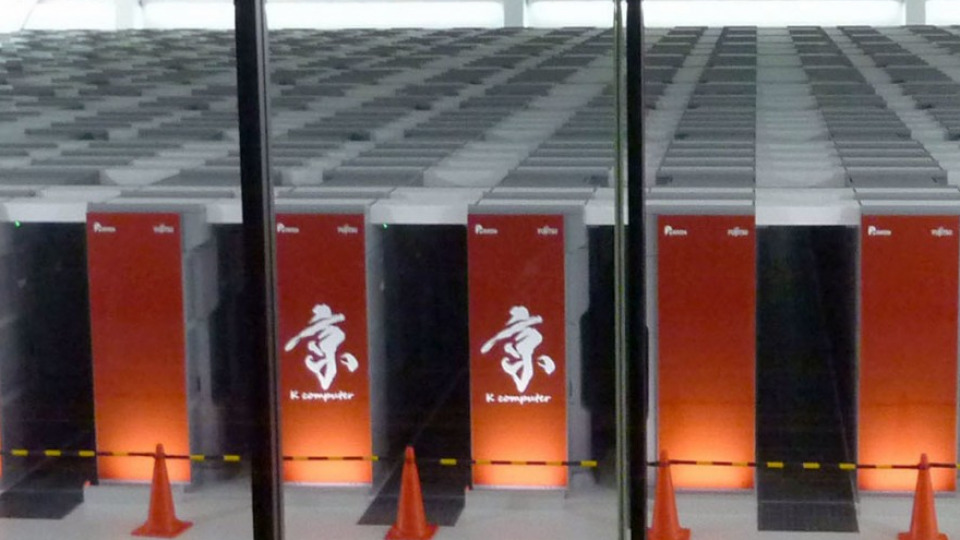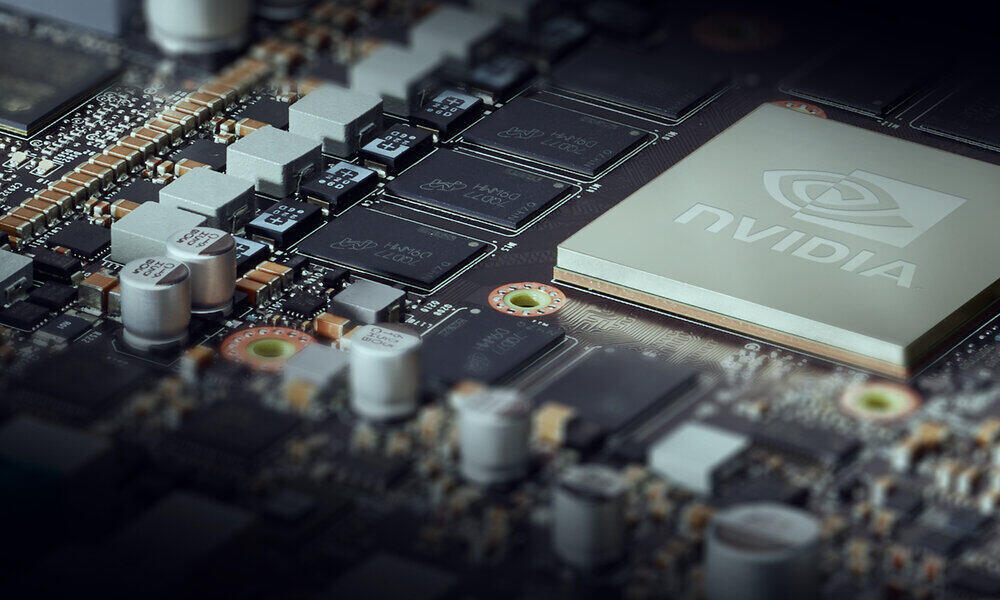
Fujitsu is celebrating. In 2023 it celebrates 50 years of presence in Spain, which makes it one of the first technological multinationals that decided to bet on our country. The Japanese company has managed to position itself in Spain as one of the best companies to work for (receives the “Great Place to Work” certification since 2021), also obtaining accreditation from the environmental registry of Scope 3 in carbon footprint (those that come from a company’s value chain and are not under its control); It also has the stamp Diversity Leading Company awarded by the Empowering Women’s Talent program and her cybersecurity team has joined the select international organization FIRST, a leading entity in response to incidents and security teams.
In recent years, at MCPRO we have reviewed the history of some of the most outstanding companies in the ICT scene. And so, one click away you can check the VMware, Nvidia, Red Hat, Microsoft, Huawei, Salesforce or HP. Today we write one more chapter, in a story that begins in no less than 1935, which makes Fujitsu one of the oldest technology companies in the world.
Origins, World War II and early mainframes
As we have pointed out, it is necessary to go back to 1935 to find the origin of a company that was born with the name of Fuji Telecommunications Equipment Manufacturing and that it does so as a spin-off of the Fuji Electric Company, in turn a joint venture of the Furukawa Electric Company and the German conglomerate Siemens, which had been founded in 1923.
Back then, the company focused on the production of radio transmission and telecommunications equipment. During World War II, Fujitsu developed this type of material for the Japanese army. Although the defeat of Japan in the war leads to the occupation of the country by the allies, the truth is that the company manages to survive without its main activity being particularly affected and its technological and R&D capacity means that In 1954 they manufactured the first Japanese mainframe, the FACOM 100, constituting at the same time as a private company.
In 1961 it would launch its second mainframe, the FACOM 222 and already in 1968, the FACOM230 «5» Series would mean its consolidation in a field in which it remained until today, although it is true that the Japanese company announced last year that it would stop selling these great computers in 2031. In parallel, the company would found its own soccer club, the Kawasaki Frontal and since 1985, it also has its own football team, the Fujitsu Frontiers.
International expansion and first acquisitions
While building its own mainframes, the 1960s saw the company become the main hardware supplier for IBM in Japan, as well as lay the foundation for its international expansion, signing an OEM agreement for the distribution of the mainframe. Key-Edit of the Canadian company Consolidated Computers Limited (CCL).
This expansion also contributed to the fact that in the 1970s, the company focused a large part of its efforts on the semiconductor developmentbecoming Japan’s first memory chip manufacturer of random access (DRAM). Its consolidation in new markets, however, would end up hatching definitively in 1990, when the Japanese company would pay 1,290 million dollars for the British ICL, thus managing to enter Europe with force. A year later it would also take control of the Russian company KME-CS (Kazan Manufacturing Enterprise of Computer Systems).
In 1992 the company would amaze the world with the presentation of the first full-color plasma monitor and from 1989 to 1997, it would market its Towns PC, a variant of the x86 architecture intended for running multimedia applications and computer games. In fact, the company even introduced its own video game console in 1993: FM Towns Marty.
In 1999, Fujitsu and the German company Siemens AG created a joint venture called Fujitsu Siemens Computers, in a brand under which they sold their range of personal computers, and which would become the fifth largest in the world. This joint venture would last until 2009, when the Japanese multinational would acquire Siemens’ PC business and would become the sole owner of the company. Other interesting acquisitions that take place at the same time are those of Amdahl Corporation (850 million dollars) and Glovia International (it would eventually be renamed Fujitsu Glovia), specialized in the development and implementation of ERP software.
Modern times (2000-2023)
The turn of the century meant for the Japanese multinational a certain shift towards ICT operations and intensifying its presence in the corporate market. In this context it is necessary to understand the acquisition in 2004 of the Australian subsidiary of Atos Origin, specialized in the implementation of SAP systems or the agreement that it would sign in 2007 with the Reuters news agency and which meant that the British company outsourced a large part of its department TIC for ten years, in exchange for 500 million pounds.
We have already told how in 2009, Fujitsu acquired the personal computer business from Siemens. At the same time, that same year, it sold its hard drive business to Toshiba, which was followed by the purchase of Infinity Solutions. The financial turbulences of the turn of the decade (and which caused net losses of 95,000 million yen in 2013) meant harsh adjustments for the company, which resulted in the loss of 5,000 jobs (at that time the company had 170,000 employees) and the merger of its chip design business unit with that of Panasonic Corporation, which gave rise to the creation of the company Socionext. A year later, the Japanese corporation would also spin off its chip manufacturing division LSI (Mie Fujitsu semiconductor) which would end up being acquired by United Microelectronics in 2018.
In this decade, the company would also launch its famous Fujitsu World Tour, which in 2015 and coinciding with the 80th anniversary of the company’s foundation, would take it to tour 15 major cities around the world, in an event that has since has not stopped growing. That same year, and with the business user increasingly at the core of its business, the organization signed a strategic collaboration agreement with VMware to drive customer journeys to the cloud and acquired USharesoft, a company specializing in software to automate the creation, migration and governance of applications in cloud environments. In addition, together with the Swedish company Ericsson they created a joint venture called Fujitsu Network Communicationswhich would focus on research and development of mobile and broadband networks
The first results of this joint-venture would translate into the entry into the incipient business of software-defined networks (SDN), through Vituora NC, a solution based on open standards that some of the main telecommunications operators ended up incorporating. of all the world. Shortly after It would be completed with the entry of the Japanese company into the 5G world, becoming in 2019 the main supplier of 5G-based telecommunications equipment for NTT Docomo.
One of its latest most relevant technological milestones materialized in 2020, when Fugaku, developed jointly with the RIKEN research institute, was declared the most powerful supercomputer in the world, thanks to a capacity of 415.5 petaflops, which allows it to complete 442,000 trillion of operations per second. This team also ranked first in the categories measuring the performance of computational methods for industrial use, artificial intelligence applications, and big data analytics.
In recent months, the Japanese company has accelerated its activity and continues to complete milestones, such as the launch of its computing as a service offer, or the development of one of the fastest quantum simulators in the world; At the same time, it has strengthened its leadership position as a provider of technological services in markets such as Spain.





